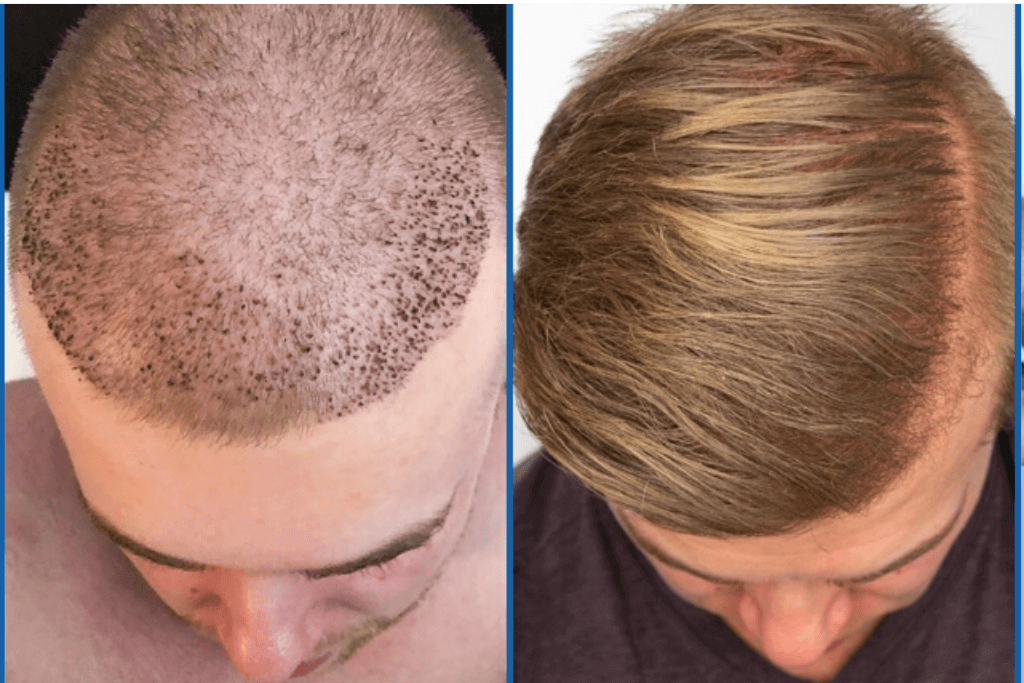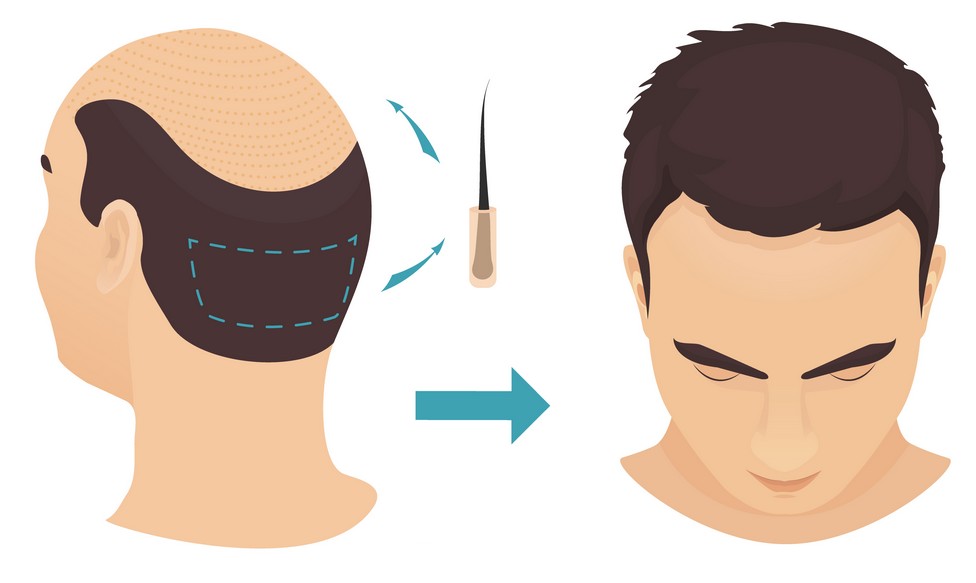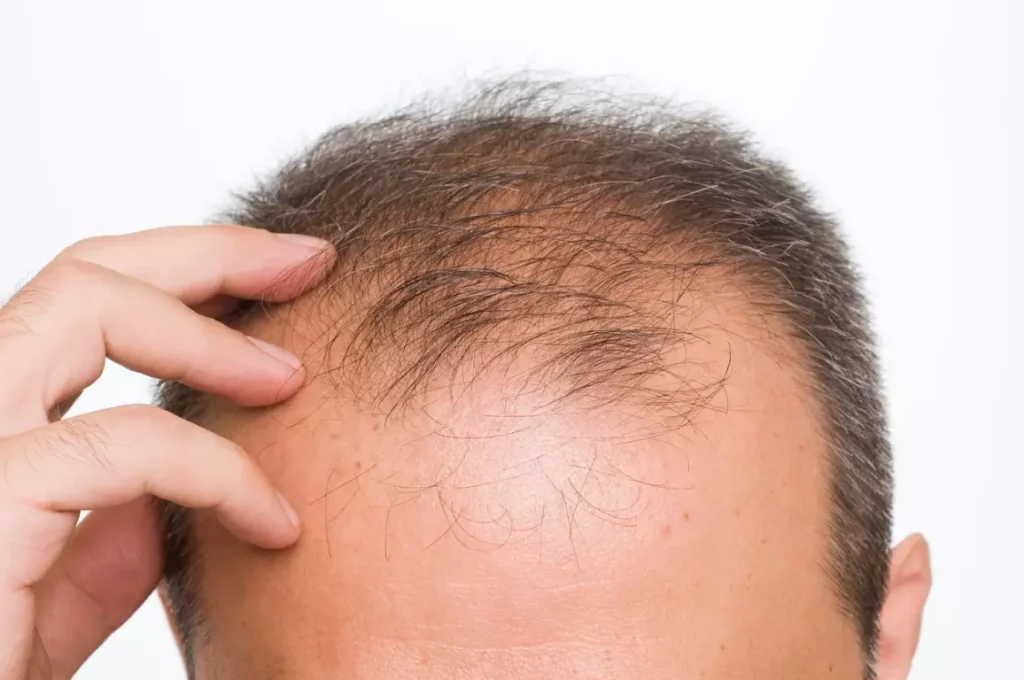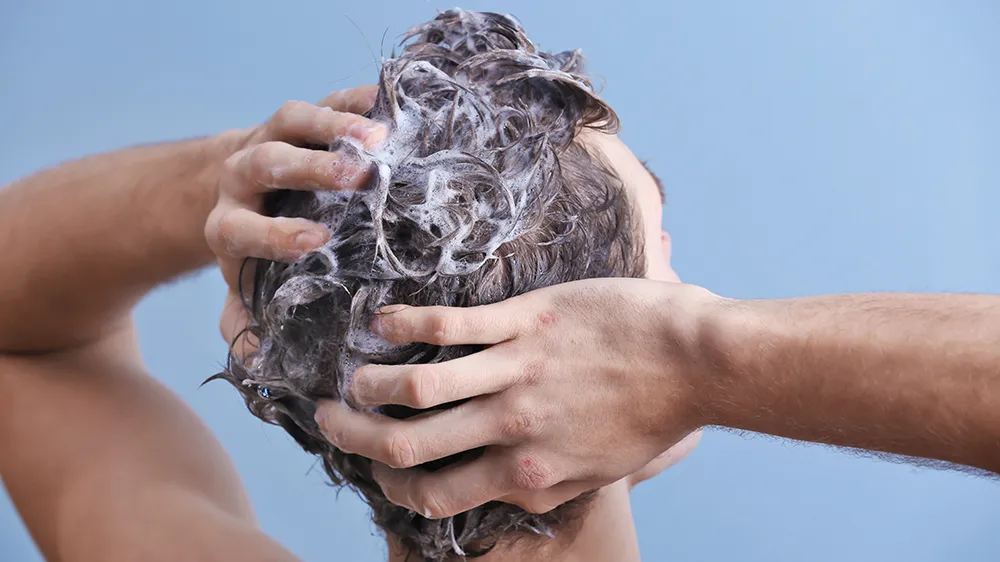After a hair transplant ( wash ), it is important to follow specific guidelines to ensure the success of the procedure. One common question that patients have is when they can shower and wash their hair after the surgery. This is a crucial part of the recovery process, as proper hygiene can prevent infection and promote healing. Understanding the proper timing and technique for washing your hair post-transplant is essential for the best results. Let’s dive into the recommended timeline for showering and washing your hair after a hair transplant.
Understanding the Post-Hair Transplant Recovery Period

After undergoing a hair transplant surgery, it is crucial to understand the recovery period to ensure the best possible results. The recovery period can vary from person to person, but there are general guidelines to follow for a successful recovery.
Factors Affecting Recovery
Several factors can impact the post-hair transplant recovery period, including:
- Extent of the Surgery: The size of the transplant area and the number of grafts extracted can influence the recovery time.
- Individual Healing Ability: Each person’s body heals at its own pace, affecting the duration of the recovery period.
- Post-Operative Care: Following the surgeon’s instructions for post-operative care is essential for a smooth recovery.
Timeline of Recovery
The recovery period typically follows a general timeline, including:
- Immediate Post-Op: The first few days after surgery may involve swelling, scabbing, and discomfort. Proper care and medication can alleviate these symptoms.
- First Two Weeks: The transplanted hair may shed during this period, but this is a normal part of the process.
- First Month: New hair growth may begin, but it’s essential to continue following post-operative care instructions.
- Three to Six Months: Significant hair growth may be noticeable, and the results become more apparent over time.
It’s important to keep in mind that individual experiences may vary, and following the surgeon’s guidance is crucial for a successful recovery.
The Importance of Following Aftercare Instructions for Showering and Hair Washing

Following aftercare instructions for showering and hair washing is crucial for proper healing and maintaining the results of your hair treatment. Whether you have undergone a hair transplant, coloring, or any other hair treatment, it is important to follow the aftercare instructions provided by your hair professional.
Showering After Hair Treatment
After a hair treatment, it is essential to wait for the recommended time before taking a shower. This allows the products used in the treatment to fully penetrate and work on your hair. When showering, it is important to use lukewarm water instead of hot water, as hot water can strip away the natural oils from your hair and scalp, leading to dryness and irritation. Additionally, it is advisable to use a gentle, sulfate-free shampoo to avoid any damage to the treated hair.
Hair Washing After Hair Treatment
After undergoing a hair treatment, it is important to wait for the specified time before washing your hair. This allows the treatment to fully set in and deliver the desired results. When washing your hair, it is crucial to be gentle and avoid any vigorous scrubbing or rubbing, as this can disrupt the healing process and cause damage to your hair. It is also important to use a conditioner and avoid over-washing, as excessive washing can strip away the natural oils from your hair, leading to dryness and brittleness.
Importance of Aftercare Instructions
Following aftercare instructions for showering and hair washing is essential for ensuring the success of your hair treatment. By following the recommended aftercare routine, you can promote proper healing, minimize the risk of complications, and maintain the longevity of your hair treatment results. Neglecting aftercare instructions can lead to adverse effects such as infection, poor healing, and diminished treatment results.
| Aftercare Instructions | Importance |
|---|---|
| Waiting for recommended time before showering | Allows products to work effectively |
| Using gentle, sulfate-free shampoo | Avoids damage to treated hair |
| Waiting for specified time before hair washing | Allows treatment to set in |
| Being gentle and avoiding over-washing | Promotes proper healing and maintenance of treatment results |
Determining the Ideal Time to Resume Showering After a Hair Transplant
Undergoing a hair transplant is a significant step towards regaining your confidence and restoring a fuller head of hair. However, it is essential to take proper care of the newly transplanted hair to ensure successful healing and growth. One common concern among individuals who have undergone a hair transplant is the ideal time to resume showering. Proper hygiene is crucial for the healing process, but it is important to wait for the right time to avoid any complications.
After a hair transplant, the scalp is delicate and requires gentle care. It is recommended to wait at least 48 hours before resuming showering. During this initial period, it is crucial to follow the post-operative care instructions provided by your surgeon. These instructions may include how to cleanse the scalp and when it is safe to expose the transplant site to water.
Once the initial 48 hours have passed, you can slowly reintroduce showering into your routine. However, it is important to be extremely gentle when washing your hair and scalp. Use lukewarm water and a mild, sulfate-free shampoo to avoid irritating the transplant site. Avoid rubbing or scratching the scalp and instead, use a gentle patting motion to clean the area.
When is the Ideal Time to Resume Normal Showering?
Patience is key when determining the ideal time to resume normal showering after a hair transplant. While it may be tempting to return to your regular routine, it is important to wait for at least 10 days before fully immersing your head in water. This includes avoiding hot tubs, swimming pools, and any activities that involve submerging your head in water.
Once the 10-day mark has passed, you can gradually return to your normal showering routine. However, it is still important to be gentle and cautious. Avoid using strong water pressure directly on the transplant site and continue using mild, sulfate-free shampoo. Additionally, it is advisable to consult with your surgeon before using any hair products or styling techniques to ensure they are safe for the newly transplanted hair.
Overall, determining the ideal time to resume showering after a hair transplant requires patience, gentle care, and adherence to post-operative instructions. By following these guidelines, you can support the healing process and promote the growth of healthy, transplanted hair.
Guidelines for Washing Your Hair After a Hair Transplant Surgery

After undergoing a hair transplant surgery, it is crucial to follow proper hair washing guidelines to ensure the success of the procedure. Here are the steps to follow for washing your hair post-surgery:
Day 1-3: First Hair Wash
During the first three days after the surgery, it is important to be extremely gentle with your hair. Use mild baby shampoo and lukewarm water to wash your hair. Gently pour the soapy water on your scalp without rubbing or massaging the area. Pat your hair dry with a soft towel.
Day 4-7: Gradual Introduction of Normal Hair Washing
From day four to day seven, you can start introducing normal hair washing. Continue using mild shampoo and lukewarm water, but you can now gently massage the shampoo into your scalp. Be careful not to use your fingernails and to avoid any harsh movements. Pat your hair dry as before.
Day 8 onwards: Normal Hair Washing Routine
After the first week, you can return to your regular hair washing routine. Resume using your regular shampoo, but still be gentle with the massaging and drying process. Pay attention to any scabbing or crusting that may occur and continue to be cautious around the recipient area of the transplant.
Additional Tips for Hair Washing After a Hair Transplant Surgery
- Use a wide-toothed comb: When combing your hair, use a wide-toothed comb to avoid damaging the newly transplanted follicles.
- Avoid hot water: Hot water can cause irritation and dryness, so stick to lukewarm or cool water when washing your hair.
- Follow your surgeon’s instructions: Your surgeon may have specific guidelines tailored to your individual case, so always follow their advice.
| Day | Actions |
|---|---|
| 1-3 | Use mild baby shampoo and lukewarm water, gentle pouring without rubbing |
| 4-7 | Continue with mild shampoo and gentle massage, avoid harsh movements |
| 8 onwards | Resume regular shampoo, remain gentle with washing and drying |
Following these guidelines for washing your hair after a hair transplant surgery will help ensure the success of the procedure and promote healthy hair growth. Always consult with your surgeon if you have any concerns or questions about post-operative care.
Managing Your Showering Routine to Promote Hair Transplant Healing

After undergoing a hair transplant procedure, it is crucial to manage your showering routine effectively to promote healing and ensure the success of the transplant. Proper care and attention to your scalp and hair during the showering process can make a significant difference in the outcome of the transplant. Here are some essential tips for managing your showering routine post-transplant:
1. Gentle Cleansing
When washing your hair, it is important to use a gentle, sulfate-free shampoo that is specifically designed for post-transplant care. Avoiding harsh chemicals and strong fragrances will help prevent irritation and promote healing. Use your fingertips to gently massage the shampoo into your scalp, avoiding any vigorous scrubbing or rubbing. Rinse thoroughly with lukewarm water to ensure all shampoo residue is removed.
2. Pat Dry, Don’t Rub
After showering, resist the urge to vigorously rub your hair and scalp with a towel. Instead, use a soft, microfiber towel to gently pat your hair dry. Rubbing can cause unnecessary friction and lead to damage or dislodging of the transplanted hair follicles. It is important to handle your hair with care and minimize any potential trauma to the scalp.
3. Avoid Heat and Styling Products
While your scalp is healing, it is best to avoid using heat styling tools such as hairdryers, straighteners, or curling irons. Exposing your scalp to excessive heat can impede the healing process and cause unnecessary stress to the newly transplanted hair follicles. Additionally, refrain from using any styling products such as gels or sprays that may contain harsh chemicals or alcohol, which can irritate the scalp.
By following these guidelines and managing your showering routine with care, you can promote the healing process and optimize the results of your hair transplant. Remember, gentle cleansing, gentle drying, and avoiding heat and styling products are the key to managing your showering routine post-transplant.
Precautions and Best Practices for Hair Care During the Early Recovery Phase
After undergoing a hair transplant surgery, it is crucial to take proper precautions and follow best practices for hair care during the early recovery phase. This phase is essential for the success of the transplant and the overall health of your hair. Here are some tips to ensure the best possible outcome:
1. Gentle Cleansing
During the early recovery phase, it is important to gently cleanse your scalp to prevent any damage to the newly transplanted hair follicles. Use a mild, sulfate-free shampoo and lukewarm water to clean your scalp. Avoid scrubbing or rubbing vigorously, and instead, gently massage the shampoo into your scalp using your fingertips. Rinse thoroughly and pat dry with a soft towel.
2. Avoiding Sun Exposure
Sun exposure can be harmful to the healing process, as it can lead to inflammation and potential damage to the grafts. It is crucial to protect your scalp from the sun by wearing a hat or using a sunscreen specifically designed for the scalp. Limit your time in direct sunlight, especially during the peak hours of the day.
3. Patience and Care
It is important to be patient and take care of your scalp during the early recovery phase. Avoid any strenuous activities that may cause sweating, as it can lead to infection and negatively impact the healing process. Follow your surgeon’s instructions carefully and attend all follow-up appointments to ensure that your recovery is on track.
It is crucial to follow the recommended precautions and best practices for hair care during the early recovery phase to ensure the success of your hair transplant surgery.
| Precautions | Best Practices |
|---|---|
| Gentle cleansing | Use mild, sulfate-free shampoo and gently massage into scalp |
| Avoiding sun exposure | Wear a hat or use sunscreen for the scalp |
| Patience and care | Avoid strenuous activities and follow surgeon’s instructions |
